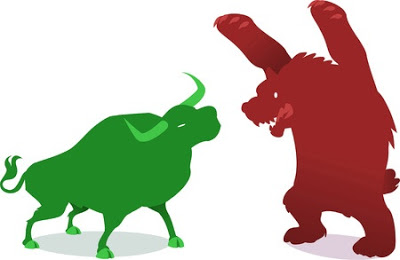
The US dollar is narrowly mixed ahead of the FOMC meeting, where a dovish hike seems widely expected. The Australian dollar is leading the dollar bloc and Scandis higher. The Aussie had to shrug off soft consumer confidence a day before the monthly employment report and perhaps was encouraged by the recovery in iron ore prices after initial weakness. Â
China’s data may have also been supportive. Chinese consumers continue to shop. Retail sales rose 10.7% year-over-year in May, and the year-to-date pace of 10.3% is the highest this year. Industrial output rose 6.5%, the same as in April, and a little more than expected. Fixed asset investment slowed to 8.6% from 8.9%. While a slowing in investment in China is seen a healthy development, reducing a significant imbalance, the details are a bit worrisome. Investment growth in the primary sector increased more than investment in manufacturing and services. Â
Separately, China’s lending increased, but the deleveraging,which officials saw is behind the slowing of M2 (to 9.6% from 10.5%), is seen in the shadow banking. New yuan loans increased by CNY1.11 trillion, a little more than April and an 11% more than expected. However, aggregate financing rose a little less (CNY1.06 trillion); the difference being a small contraction in non-banking lending. Â
It was not enough for Chinese shares. The Shanghai Composite cut this year’s gains nearly in half was a 0.75% decline, and the 1.3% loss by the CSI 300 is the largest this year. Despite these losses and a small decline in Tokyo and Taiwan, the MSCI Asia Pacific Index rose for a second session (~0.12%). European shares are also higher; led by a recovery in the information technology space. Perhaps aided by the 0.5% rise in the eurozone’s April industrial output, and an upward revision to the March series (0.2% rather than -0.1%), is helping the industrial equities. Â

